The thesis, then, (and to make it explicit) animating these extended forays into the obscure bowels of mere history, is that false-flag terrorism, far from being some fevered figment of the paranoid political imagination (as so tendentiously characterized by the establishment), or even just an isolated, irrelevant tactical ploy that simply distracts from more 'substantive', more strategic, political happenings (as portrayed by many leading progressive pundits), is, in truth, systemic in nature. As such, it is a highly effective pillar of elite policy that is deployed with depressing regularity and with depressingly predictable consequences. It is a time honoured, well-honed tool solidly situated in the political kitbag of every imperial and fascist state. What's more, as Kevin Barrett forthrightly opines in his introduction to Terror On The Tube:
'In the end, the reader of this book will understand that the post-Cold War West is being terrorized not by Muslims, but by the Western state apparatus itself. This is hardly surprising, since we know that it was NATO (under command by the Pentagon) that was carrying out the worst "terrorist attacks" against Europeans during the Cold War, which we now remember as 'Gladio'.'


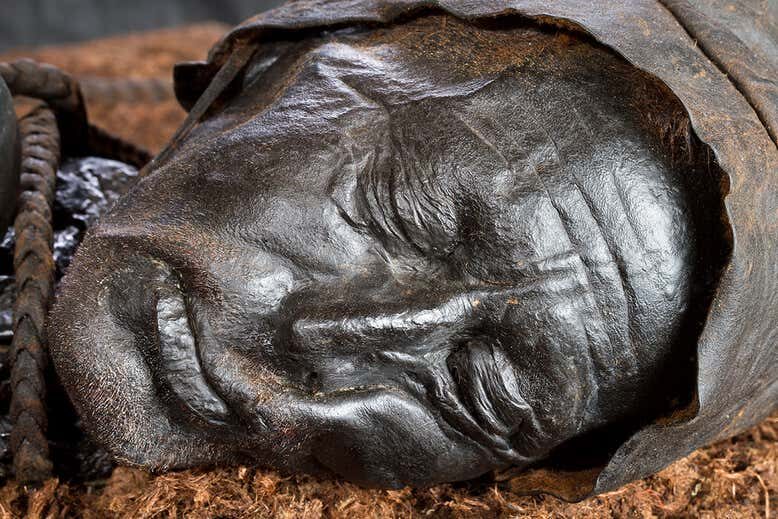


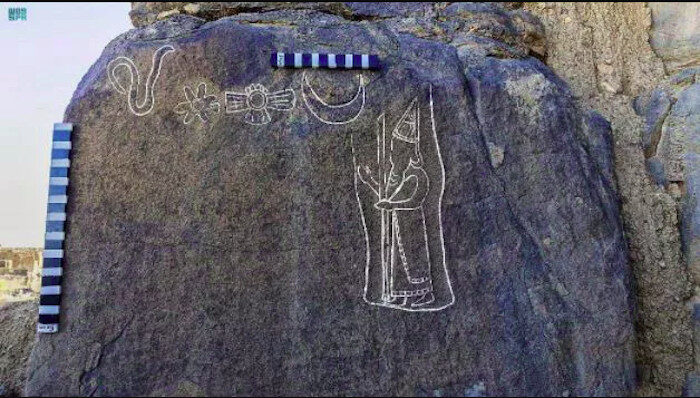
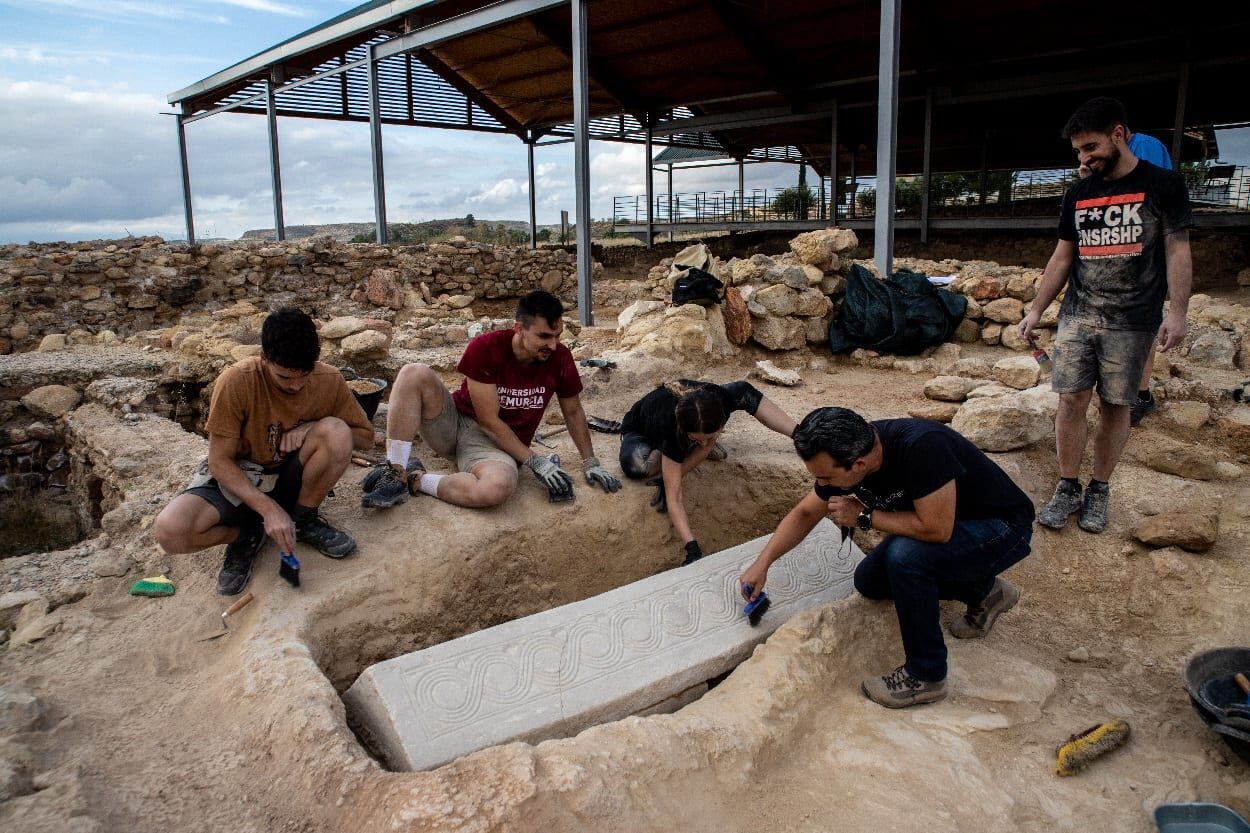
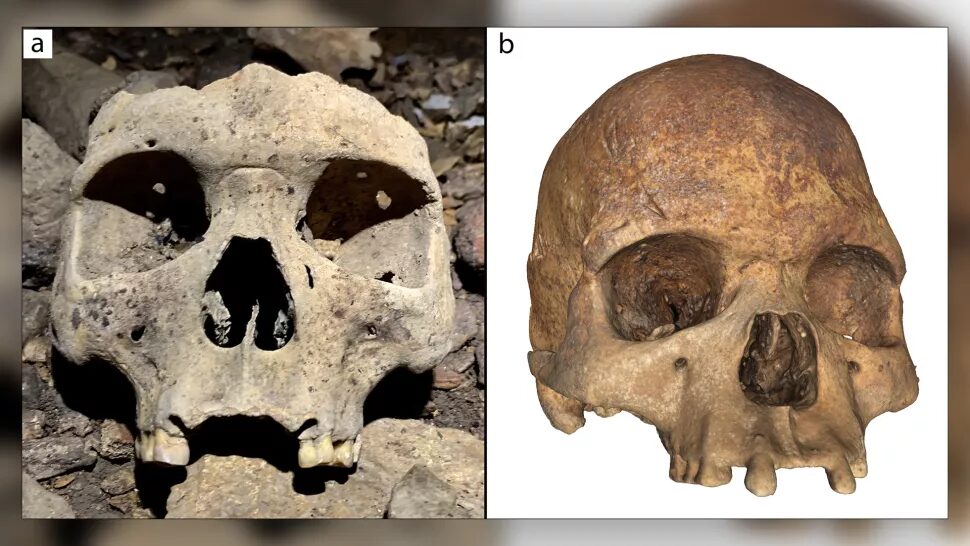
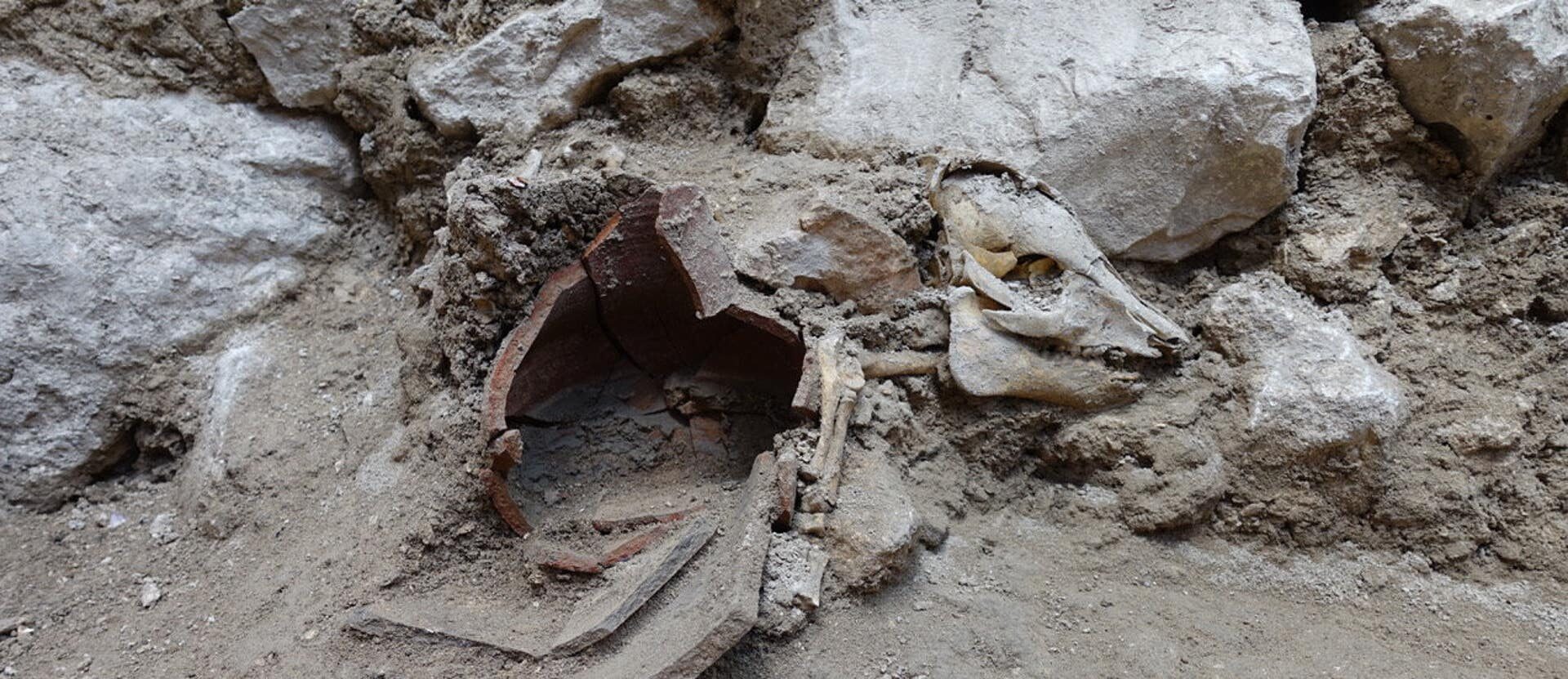
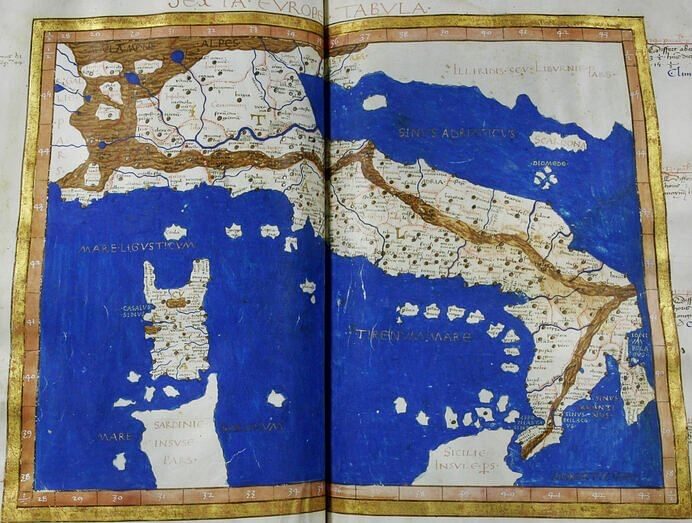



Comment: More from author Matthew Ehret:
- The harmony between Tianxia and Westphalia
- Matt Ehret interview on RT: 'Davos Club threatened by new paradigm of political economy'
- Unipolar vs Multipolar: The death of McKinley and the loss of America's soul
Also check out SOTT radio's: